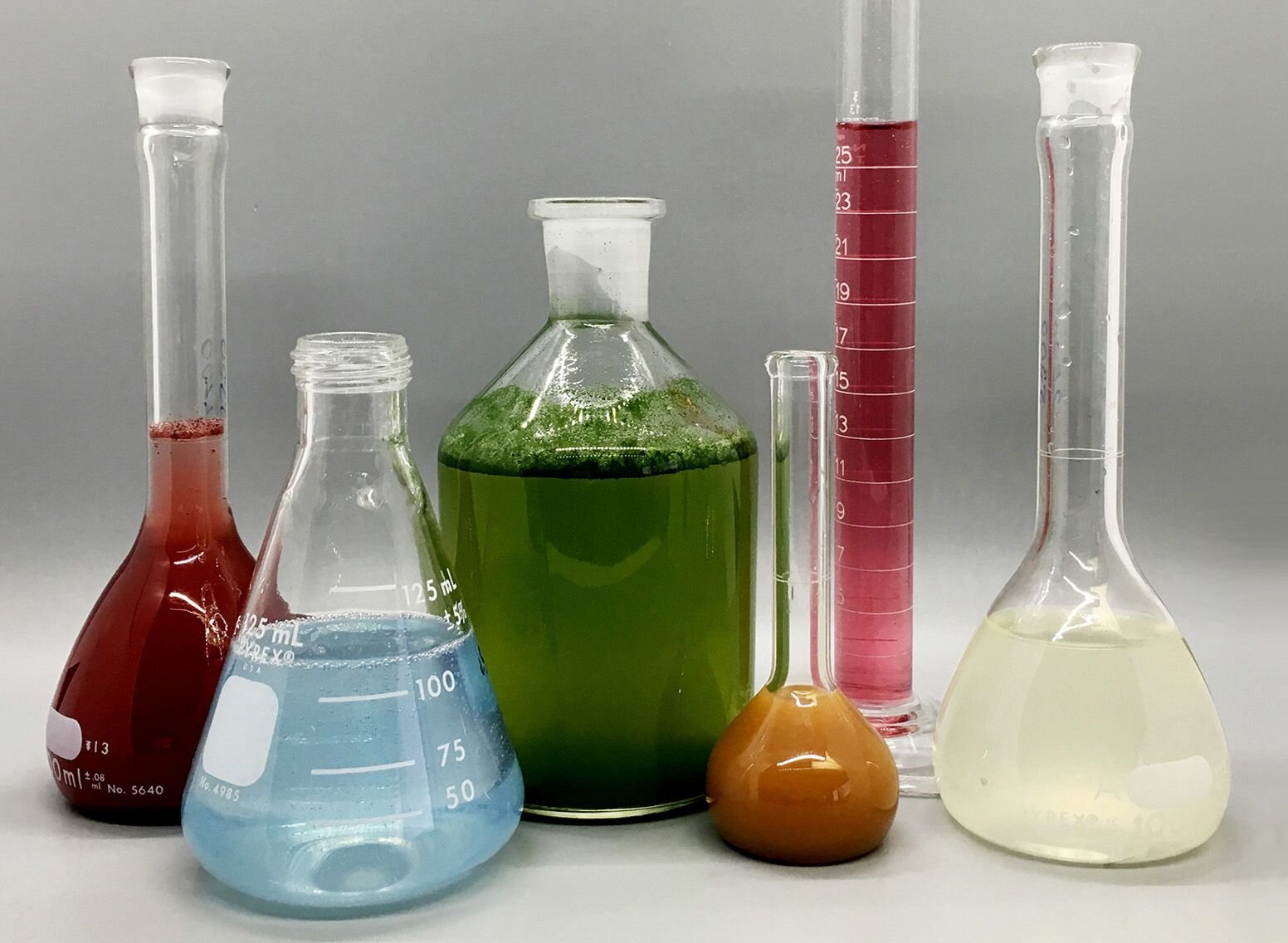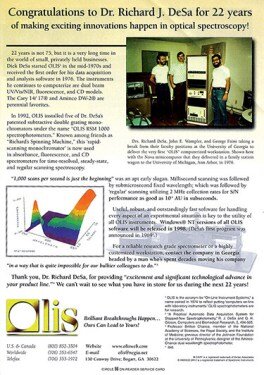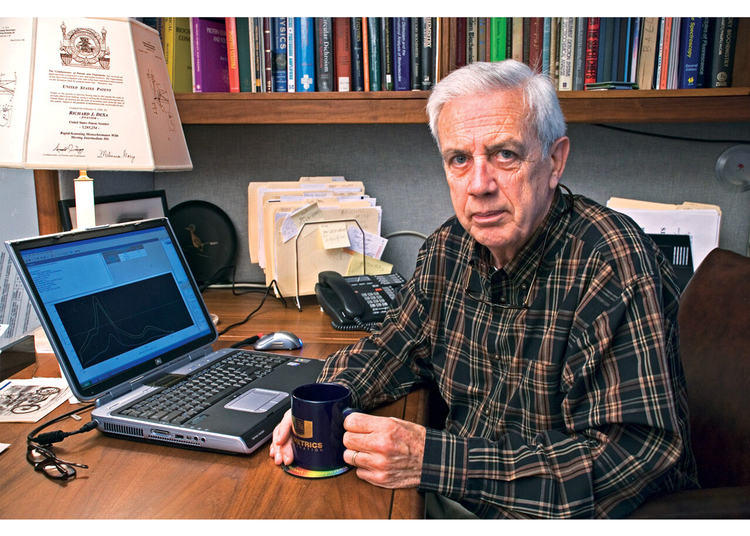The Basic Principles Of Circularly Polarized Luminescence
The Basic Principles Of Circularly Polarized Luminescence
Blog Article
How Uv/vis/nir can Save You Time, Stress, and Money.
Table of ContentsEverything about Circular DichroismA Biased View of Circular DichroismLittle Known Facts About Spectrophotometers.Things about Uv/vis/nir6 Easy Facts About Uv/vis/nir Explained

Spectrophotometry is most frequently used to ultraviolet, noticeable, and infrared radiation, modern-day spectrophotometers can interrogate broad swaths of the electromagnetic spectrum, including x-ray, ultraviolet, visible, infrared, and/or microwave wavelengths. Spectrophotometry is a tool that hinges on the quantitative analysis of particles depending on how much light is taken in by colored compounds.
Everything about Circular Dichroism
A spectrophotometer is typically utilized for the measurement of transmittance or reflectance of options, transparent or nontransparent solids, such as refined glass, or gases. Although lots of biochemicals are colored, as in, they soak up visible light and for that reason can be determined by colorimetric treatments, even colorless biochemicals can often be converted to colored compounds ideal for chromogenic color-forming reactions to yield substances appropriate for colorimetric analysis.: 65 However, they can likewise be developed to measure the diffusivity on any of the noted light ranges that generally cover around 2002500 nm utilizing different controls and calibrations.
An example of an experiment in which spectrophotometry is utilized is the decision of the stability constant of a solution. A specific chain reaction within a solution may take place in a forward and reverse direction, where reactants form products and products break down into reactants. At some time, this chain reaction will reach a point of balance called an equilibrium point.
Some Known Details About Spectrophotometers
The amount of light that passes through the service is a sign of the concentration of particular chemicals that do not allow light to pass through. The absorption of light is due to the interaction of light with the electronic and vibrational modes of particles. Each type of molecule has a specific set of energy levels related to the makeup of its chemical bonds and nuclei and therefore will take in light of specific wavelengths, or energies, leading to unique spectral properties.
They are commonly utilized in many markets including semiconductors, laser and optical production, printing and forensic assessment, as well as in laboratories for the research study of chemical substances. Spectrophotometry is frequently utilized in measurements of enzyme activities, decisions of protein concentrations, determinations of enzymatic kinetic constants, and measurements of ligand binding reactions.: 65 Ultimately, a spectrophotometer is able to determine, depending on the control or calibration, what compounds are present in a target and precisely how much through estimations of observed wavelengths.
This would come as a service to the formerly produced spectrophotometers which were not able to absorb the ultraviolet correctly.
Uv/vis Can Be Fun For Anyone
It would be found that this did not offer acceptable outcomes, therefore in Design B, there was a shift from a glass to a quartz prism which allowed for better absorbance outcomes - spectrophotometers (https://pxhere.com/en/photographer/4182440). From there, Model C was born with a modification to the wavelength resolution which wound up having 3 systems of it produced
It irradiates the sample with polychromatic light which the sample takes in depending on its properties. Then it is transferred back by grating the photodiode array which spots the wavelength region visit our website of the spectrum. Since then, the creation and execution of spectrophotometry devices has actually increased profoundly and has turned into one of the most innovative instruments of our time.

All About Uv/vis
The grating can either be movable or repaired.
In such systems, the grating is fixed and the strength of each wavelength of light is determined by a different detector in the range. When making transmission measurements, the spectrophotometer quantitatively compares the portion of light that passes through a referral service and a test option, then digitally compares the strengths of the two signals and computes the percentage of transmission of the sample compared to the reference requirement.

Report this page